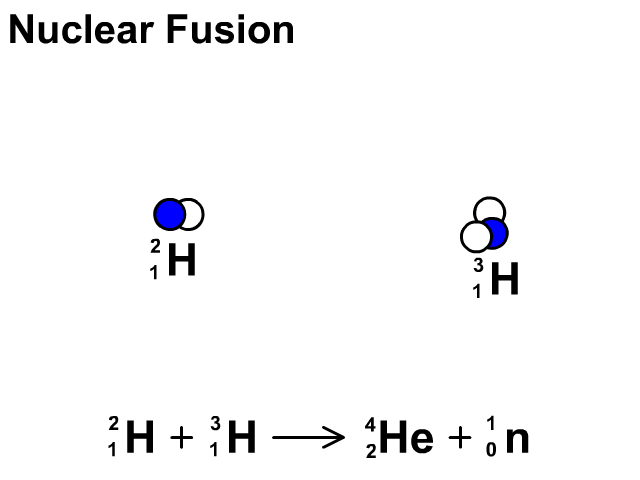The fangs of a staple held my resume together. A great deal of care went into stapling it perfectly parallel to the edge, only to go unnoticed. A thin piece of stainless steel barely 10 millimeters long was sufficient to bind my entire life’s achievements.
There are over 20 ways to bind papers depending on the number of pages and the use case.
Books meant to be used in libraries for instance, must be built to sustain a lot of use and abuse and outlive an entire generation or two. Textbooks on the other hand will hold its form only until the exam, after which, it disintegrates, incapable of sustaining further abuse for another year by a student who gets the book handed over. Some bindings are so weak that they get mutilated by your sugar fueled five year old niece. And for those of us who are afraid of commitments, there’s paperclips!
Just as different types of bindings hold pages together, different forces in nature act to hold things together to varying degrees.
We, for example, are grounded to Earth thanks to gravitational force. The same force also governs the motion of planets and galaxies. The gravitational force encompasses the entirety of the universe. But, as a result of the nearly infinite range, the magnitude or the intensity of the force is weak when compared to other forces which are limited to a shorter range.
When we shrink to the atomic range, the Coulombic force between the electron and nucleus keeps the electron bound to an atom. The helpless electron has no option but to revolve around the nucleus.

The nucleus of the atom itself is peculiar. The nucleus consists of positively charged protons and neutrons – which are, as the name suggests, neutral. According to the laws of electrostatics, the positive charges must repel each other. But the nuclear force is stronger than the electrostatic force of repulsion and keeps the protons glued together.
As alluded to earlier, as the force becomes stronger, the range of the force decreases. The nuclear force, for example, works in only about the range of one femtometer. That is, 0.000000000000001 meters!
You can’t have a strong force acting over a large distance. Gravitational force, while it has the largest range, is the weakest force; Nuclear force, has the shortest range, but it is the strongest force. You’ll have to pick either the strength of the force or the range; you’ll have to trade one for the other.

The same trend is observed in human relations.
Families are tightly knit and these sacred relationships are shared among a few people. The bond is undoubtedly the strongest among all kinds of human relations. This is the kind of binding which literally lasts generations together!
The relationship between friends isn’t as strong but it can accommodate a larger number of people. I’d like to compare it to a binder file. It can accommodate a large number of pages and is versatile. You can take out and insert new pages as you wish.

If we go one layer further away, we get classmates and colleagues. These relationships are held by shared experiences (usually struggles) and confined spaces. The entire class studying for an exam, or organizing a fest for example are challenges which everyone in a class goes through together. They are also bound to the same class or college.
Same with working professionals, as they slug through the work and complain about the working conditions, they bond with each other. Here too, they are confined to the same office.
As long as they are bound to the same space and experience the same things, the bond will exist, if one of these constraints do not exist, the bonds cannot form.
This is similar to nuclear fusion – where lighter nuclei combine with each other when they are confined together at very high temperatures. Without these conditions, it is impossible to form bonds with colleagues and classmates. If the shared experiences are deep, the bonding even turns into friendship and sometimes even more.

Even the weakest forms of direct human connections have limits. The most effective way to have a direct relationship with people is by gossiping. Using this, we can maintain direct relations with up to 150 people. Most friendships are in fact sustained by an unhealthy dose of gossips.
A critical threshold in human organizations falls somewhere around this magic number of 150. Below this threshold, communities, businesses, social networks and military units can maintain themselves based mainly on intimate acquaintance and rumor-mongering. There is no need for formal ranks, titles and law books to keep order.

But now we are more connected and operate on a much larger scale, needing collaboration from more than 150 people at any given moment in time. How do we achieve it? In his book Sapiens, Yuval Noah Harari explains that this is possible because humans believe in shared fiction.
The concept of nations for example, is man made. Because of this shared fiction of a nation, we can unite a large number of people. I’m related to 1.46 billion people because of this shared fiction. We are subject to the same laws, we use the same currency, pledge allegiance to the same flag and share a stake in the betterment of the country. Without this shared fiction, it is impossible to unite over a billion people.

Financial system also works on the same principle. Money has value because we all collectively believe that money has value. It’s the same with religion. Two people who have never met each other can nevertheless go on pilgrimage together and volunteer to serve together because they both believe in the same god.
Even though these bonds are fictitious, they serve a purpose, being united, even if superficially strengthens us. The pages of two phone books when overlapped together can sustain a large amount of force. When we are united, we can overcome most difficulties whereas individually we’d snap in an instant.

Romantic relations will be conveniently excluded from the discussion because I suck at chemistry. Even though I'm bad at chemistry, I’m rather good at detecting explosions and running away. Explosion is one of those things that could happen when relations break.
External agencies are usually involved in breaking bonds.
Apply enough force on the ends of a stick: it’ll snap in half
Make a rocket go fast enough: it’ll escape the Earth’s attractive pull
Provide enough energy to an electron: it will come out of the atom and become free
Make a fast moving neutron hit a heavy nucleus: it becomes unstable and breaks apart releasing a large amount of energy, That is, an explosion. (This is known as nuclear fission reaction)

Even in our relations, depending on the force which held the bond together, the breaking of bonds
could be liberating like cutting ties with a toxic friend
or be messy like being disowned or a breakup
or humiliating like being termed as an anti-national or a non-believer.
It all depends on how strong the bond was. An end no matter how painful, gives us the freedom for new beginnings.
The same rules that govern the mighty celestial planets and the atomically small atoms also govern our behavior and relations with other humans. No matter how sophisticated we assume ourselves to be while hiding behind the “It’s Complicated” relationship status, we are all governed by the same laws of nature.





